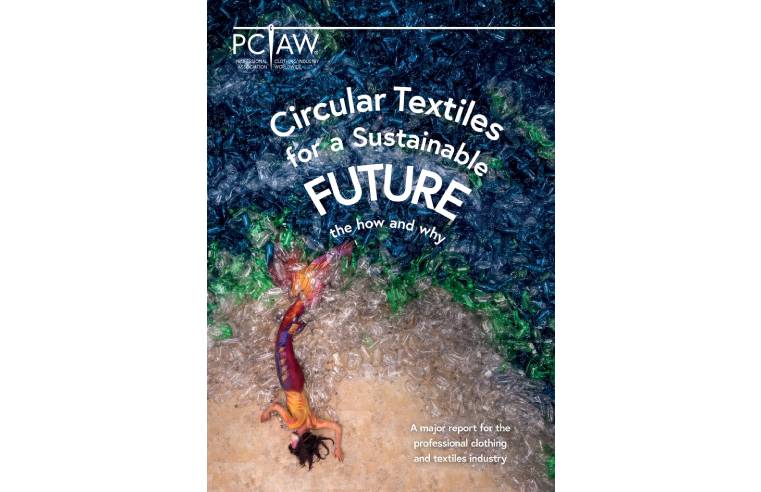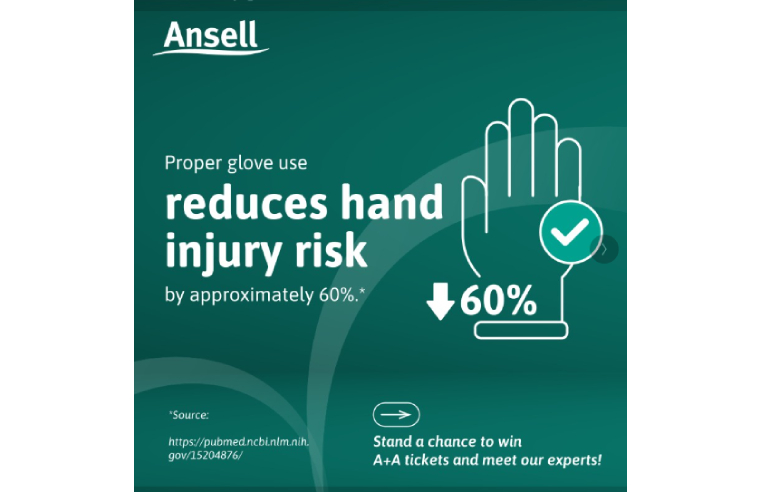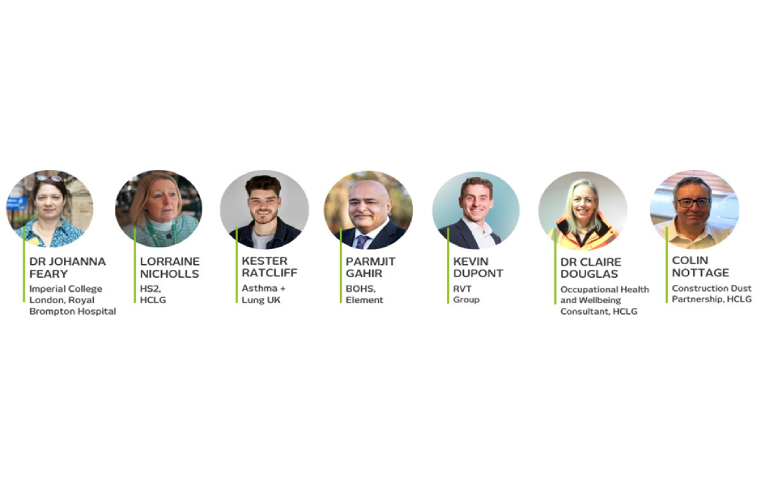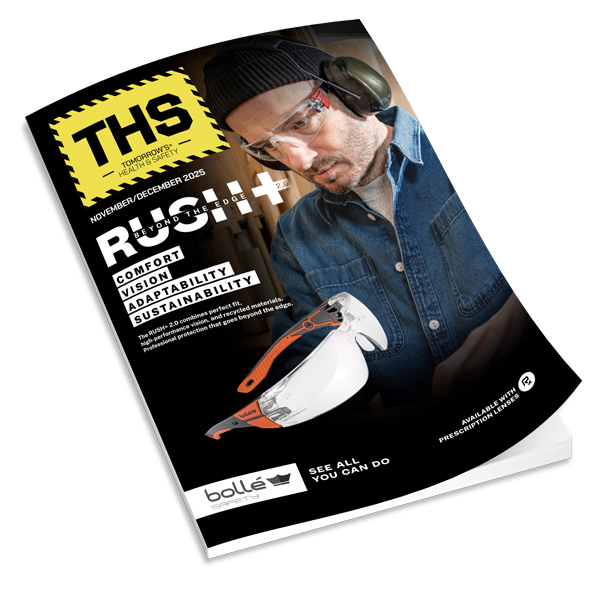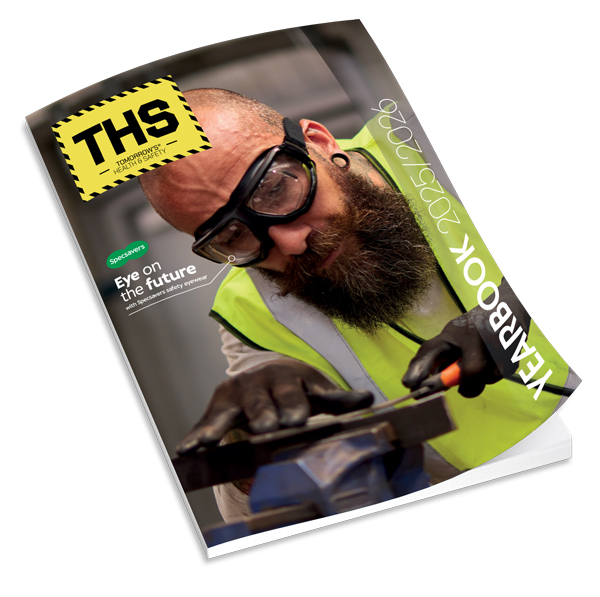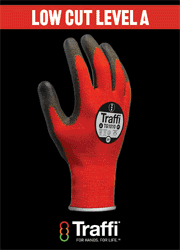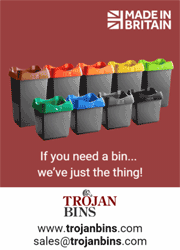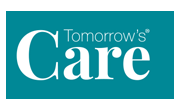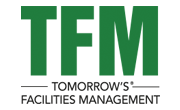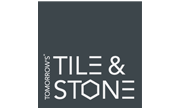PCIAW and Business in the Community (BITC) have published an in-depth report today that could radically alter the way that textiles are made, used and disposed of; bringing about transformational change to benefit the environment.
The textiles industry is the second biggest polluter globally, after aviation. PCIAW aims to reduce excess consumption, getting businesses on board with the message. Textiles account for 10% of global carbon emissions, 20% of global industrial wastewater pollution and less than 1% of material used in the production of clothing is recycled into new clothing at its end-of-life stage.
Yvette Ashby, CEO of PCIAW said: “We are proud to share this extensive, first-of-its-kind report, which educates the industry on the current and emerging textile recycling technologies, complete with case studies from world leading professional clothing companies and universities. We hope that the textiles industry takes the necessary steps to accelerate a circular textile economy once and for all.”
This report on circular textiles serves as a guide for the government-backed Textiles 2030 initiative, which aims to massively cut textile waste and has been created as an overview of the current state of the sector. It reviews current principles and practices in the textile industry and focuses on the present facilities available for recycling technologies and renewable energy.
The report looks at the environmental implications of current textile wastage, alongside ongoing research and cutting-edge practices that should lead to an increase in corporate environmental responsibility in future years. It aims to educate manufacturers, suppliers, buyers and designers in the principles and practices of circularity in textiles for workwear, including PPE and corporate wear. It details best practice in the disposal of textiles and looks at how circularity can be designed-in to the whole process of making, using and re-using textiles.
Huge demand for cheap clothing and ‘fast-fashion’ has led to a ‘race to the bottom’ in terms of unethical and unsafe working practices globally. Moreover, most fast-fashion textiles are not fully recyclable, so a move from retailers for zero tolerance on poor practices would help avoid a lack of transparency in the global supply chain which masks the problem of forced labour, human rights abuses and lack of re-usability.
The report says that the textile industry must foreground resource efficiency, end-of-life recyclability and sustainable development from renewable natural materials and it calls for immediate action to reduce further damage to the planet.
Although there are short term costs involved in making these changes, the long-term gains would be invaluable and the report finds that there is a growing culture of demand for better quality, more durable clothing.
In terms of achieving these aims, the report points to several practices and initiatives designed to further positive outcomes:
Manufacturing locally would reduce waste and stimulate local economies that have been disrupted by Coronavirus. At present many textiles are made in one country and exported thousands of miles away, using valuable resources.
Producers must engage in Extended Producer Responsibility (EPR). This means taking responsibility for the entire life cycle of a product, including collection, dismantling, recycling and reusing. It begins with the sourcing of raw materials and includes reducing the carbon impact of the supply chain and distribution network, plus the disposal of garments to prevent them from piling up in landfills.
Design-in recyclability and end-of-life procedures are necessary to fulfil textile circularity. The report finds that designers of the future must incorporate strategies for this. There is a growing cultural shift towards these principles and PCIAW® is collaborating with several companies making eco-conscious professional wear. Many of these companies are also researching better ways to recycle and reuse textiles through new mechanical and chemical processes.
Remove obstacles relating to recyclable textiles for buyers, suppliers, and manufacturers who are looking to implement these into their supply chain. This would aid with taking the industry a step closer to realising a circular economy.






